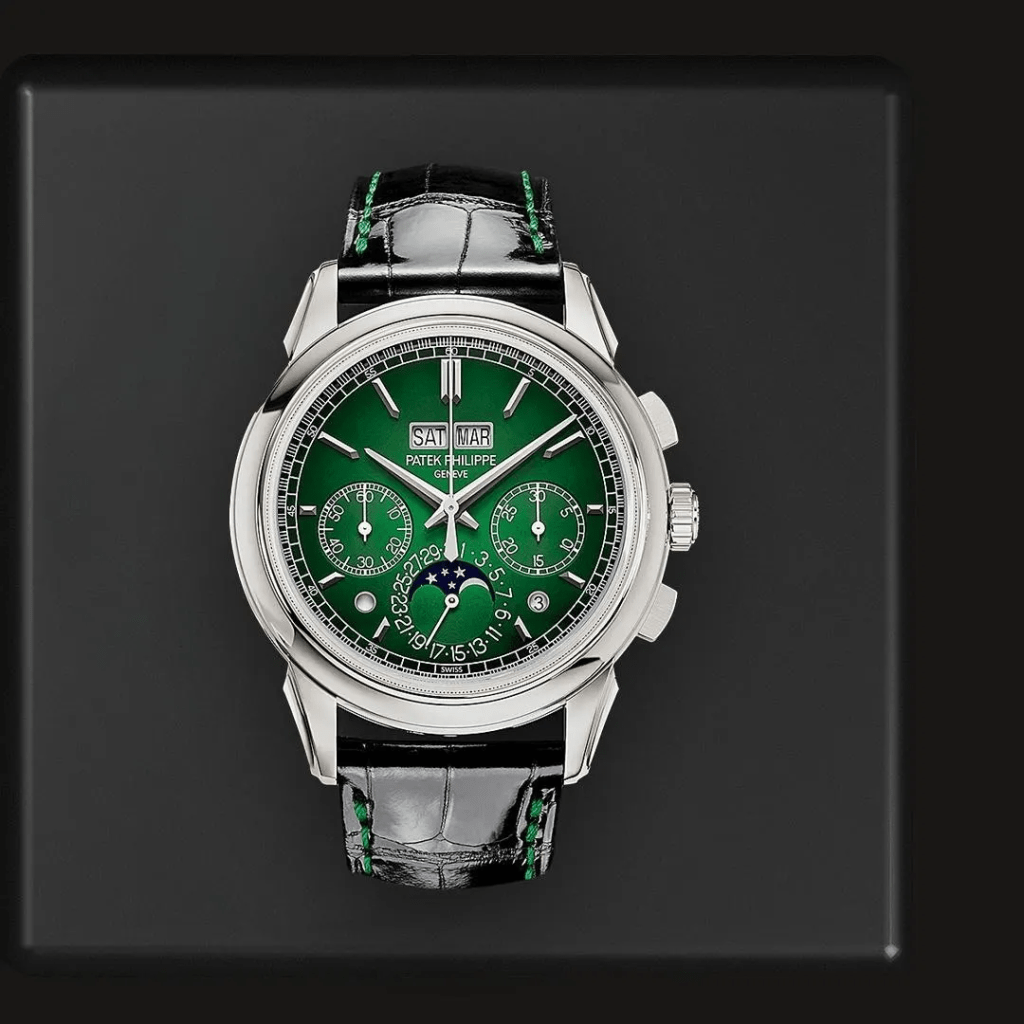The original smartwatches, these complex timepieces don’t have to be reset until 2100.

When Lionel Messi accepted FIFA’s Best Men’s Player award in 2022, the Argentine soccer star wore a platinum Patek Philippe Ref. 5270P Perpetual Calendar Chronograph that retails for $218,000. Call it a well-earned wrist flex for the world’s second-highest-paid athlete, who earned $130 million last year. Or, Messi’s watch could have been sending a simpler message: I’m the greatest of all time.
Despite its name, it has not been around forever. Patek Philippe patented the movement for a pocket watch in 1889 and the venerable Swiss watch brand introduced the first wristwatch with the complication in 1925. Unlike its chronometric cousin, the annual calendar—which displays the day, date and month for an entire year, calculating which months have 30 or 31 days—this timepiece is built to go the distance. Whereas an annual calendar has to be adjusted once a year—every February—most perpetual calendars don’t have to be reset until 2100. (If you’re wondering why, the year 2100 may be divisible by 100 but it is not divisible by 400 and therefore not a leap year.) But 77 years should be plenty of time to remember to reset your watch.

A. Lange & Söhne 1815 Rattrapante Perpetual Calendar
price upon request

Piaget Polo Perpetual Calendar Ultra-Thin
price upon request

IWC Big Pilot’s Watch Perpetual Calendar Top Gun Lake Tahoe
$46,600

Patek Philippe Chronograph Ref. 5270P-014
$218,820

Bulgari Octo Finissimo CarbonGold
$89,000

Frederique Constant Highlife Manufacture
$9,895

H. Moser Endeavour
($82,500)
This article was first published on forbes.com and all figures are in USD.


